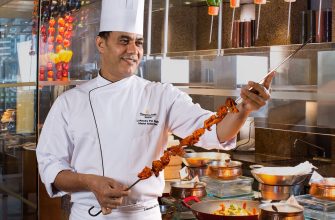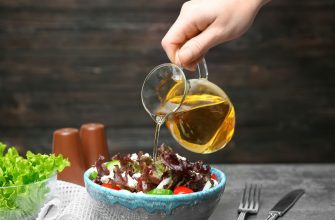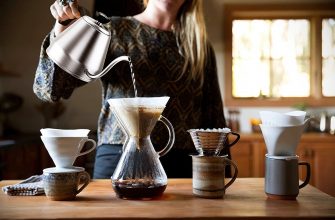French cuisine is renowned for its sophistication and flavors, making it a favorite among food lovers worldwide. Mastering the art of French cooking can be intimidating for beginners, but with the right tips and techniques, you can bring the elegance of France to your own kitchen. In this guide, we’ll explore the foundations of French cooking, along with essential techniques to help you create delicious dishes.
The Building Blocks of French Cuisine
To master French cooking, it’s essential to understand its core elements. These include:
- Ingredients: French cuisine emphasizes fresh, high-quality ingredients. Choose seasonal produce, and opt for local, organic products when possible.
- Techniques: French cooking is known for its precision and attention to detail. Mastering techniques such as sautéing, braising, and poaching is crucial for success.
- Sauces: The backbone of French cuisine, sauces add depth and flavor to dishes. Learn the five “mother” sauces—béchamel, velouté, espagnole, hollandaise, and tomato—and their variations.
- Presentation: Aesthetic appeal is important in French cooking. Plating should be clean and elegant, showcasing the dish’s colors and textures.
Essential Techniques for French Cooking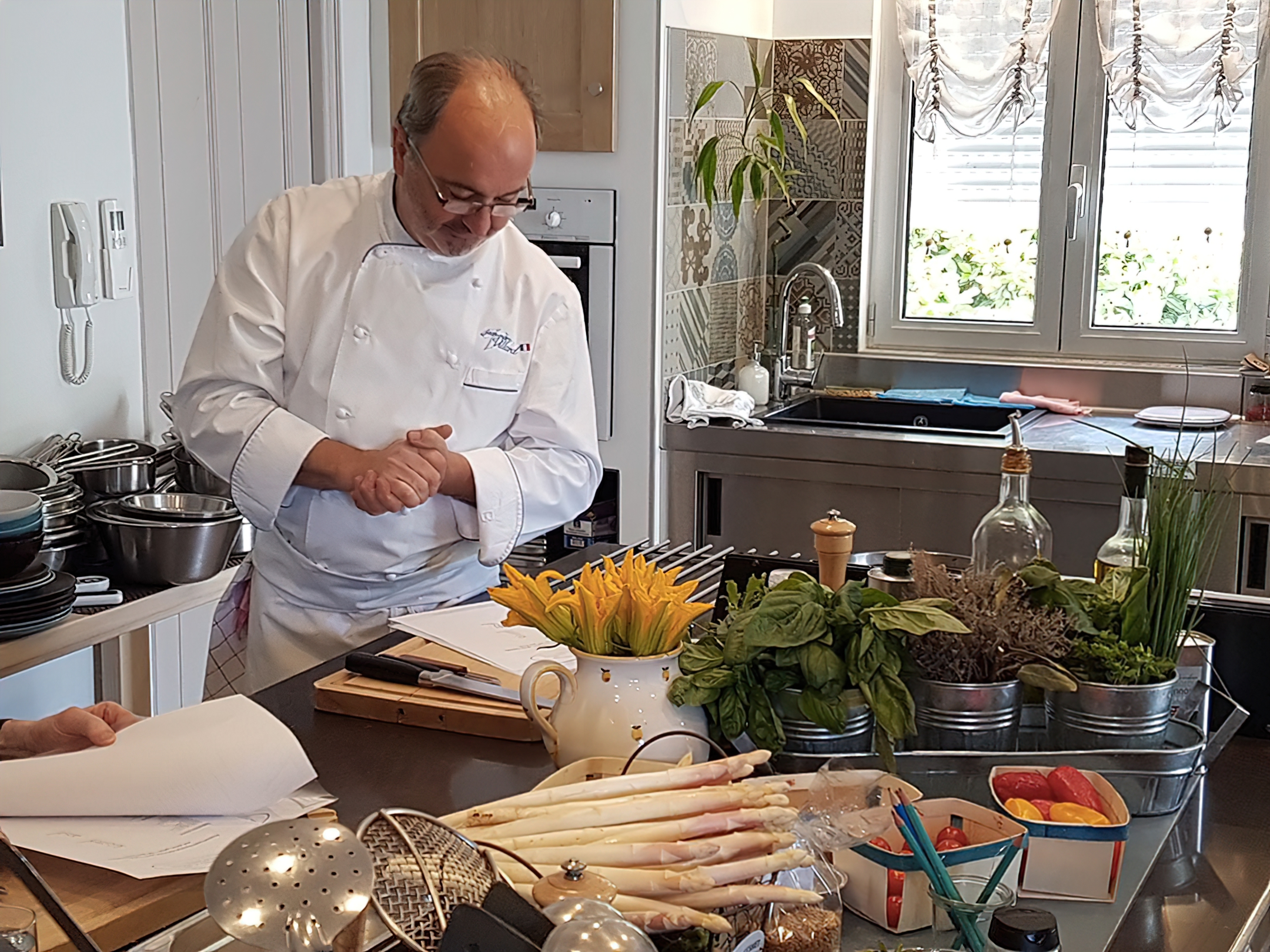
To elevate your French cooking skills, practice these fundamental techniques:
- Mirepoix: This aromatic mix of onions, carrots, and celery forms the base of many French dishes. Sauté the vegetables in butter or oil until softened, then use as a foundation for soups, stews, and sauces.
- Roux: A roux is a mixture of flour and fat used to thicken sauces. Cook the flour and fat until the desired color is achieved, then whisk in liquid to create a smooth sauce.
- Emulsification: Emulsifying is the process of combining two immiscible liquids, such as oil and vinegar. To create a stable emulsion, slowly whisk one liquid into the other, allowing them to blend seamlessly.
- Deglazing: After sautéing or roasting, deglaze the pan with wine or stock to loosen the flavorful browned bits. This liquid can be reduced and incorporated into a sauce for added depth.
- Puff Pastry: Many French desserts rely on puff pastry, a flaky, buttery dough. While making it from scratch can be time-consuming, store-bought puff pastry can be a convenient alternative.
Tips for Perfecting French Cooking
- Take your time: French cooking requires patience and attention to detail. Don’t rush through recipes—instead, savor the process and enjoy the results.
- Invest in quality cookware: Good-quality pots, pans, and knives can make a significant difference in your cooking experience.
- Practice mise en place: Before starting a recipe, gather and prepare all ingredients. This organizational method ensures you have everything ready when needed.
- Learn from the masters: Study classic French cookbooks and watch expert chefs to glean insights and inspiration.
Expanding Your French Cooking Repertoire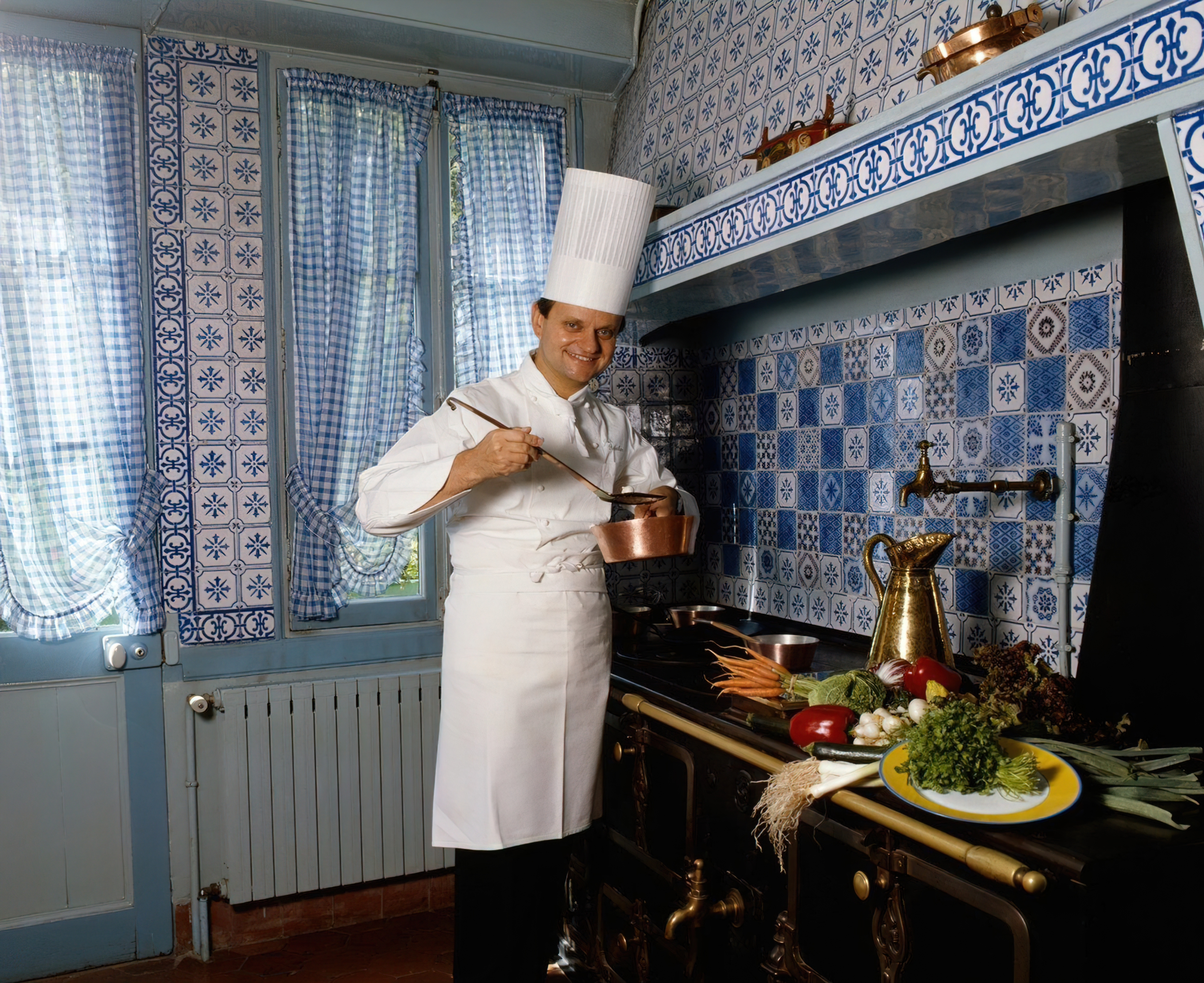
Once you’ve mastered the basics of French cooking, it’s time to explore more advanced techniques and regional specialties. Here are some ideas to further develop your skills and expand your culinary horizons:
- Mastering Pastry Techniques: French pastry is an art form in itself. Learn how to make classic pastries like croissants, éclairs, and mille-feuille to satisfy your sweet tooth and impress guests.
- Exploring Regional Cuisine: French cuisine varies greatly by region. Broaden your knowledge by exploring regional dishes from Provence, Normandy, Brittany, and more. Each area offers unique flavors and techniques that can enrich your culinary repertoire.
- Experimenting with Charcuterie: Charcuterie is the art of preparing and assembling cured meats, pâtés, and terrines. By learning how to make your own charcuterie, you can create beautiful and delicious appetizer platters for special occasions.
- Enhancing Your Wine Knowledge: French cuisine and wine go hand in hand. Expand your knowledge of French wines and learn how to pair them with various dishes to create a harmonious dining experience.
- Attending Cooking Classes: Taking a French cooking class, either in-person or online, can provide valuable hands-on experience and expert guidance. Look for classes that focus on specific techniques or dishes that interest you.
- Hosting French Dinner Parties: Put your newfound skills to the test by hosting French-themed dinner parties. Plan a menu that showcases your favorite recipes and techniques, and don’t forget to pair each course with a complementary wine.
Perfecting Presentation and Plating
An essential aspect of French cuisine is presentation. Beautifully plated dishes not only enhance the dining experience but also showcase your culinary skills. Here are some tips to elevate your plating game:
- Choose the Right Plate: The right plate can make a significant impact on your presentation. Opt for simple, elegant plates that allow your food to be the star. Keep the plate size in mind; it should be large enough to showcase the dish without overcrowding.
- Balance Colors and Textures: Consider the colors and textures of the ingredients in your dish. Aim for a balance of colors, and play with contrasting textures to create a visually appealing plate.
- Use Sauces Strategically: Sauces can elevate the flavors of your dish and add an artistic touch to your presentation. Use a spoon or squeeze bottle to drizzle or dot sauces onto the plate in a controlled and intentional manner.
- Garnish with Purpose: Garnishes should not only be visually appealing but also complement the flavors of the dish. Use fresh herbs, edible flowers, or microgreens to add a pop of color and enhance the overall taste.
- Pay Attention to Details: Ensure that your plate is clean and free of smudges or drips. Use a paper towel or clean cloth to wipe away any stray sauce or crumbs before serving.
Experiment with Modern Techniques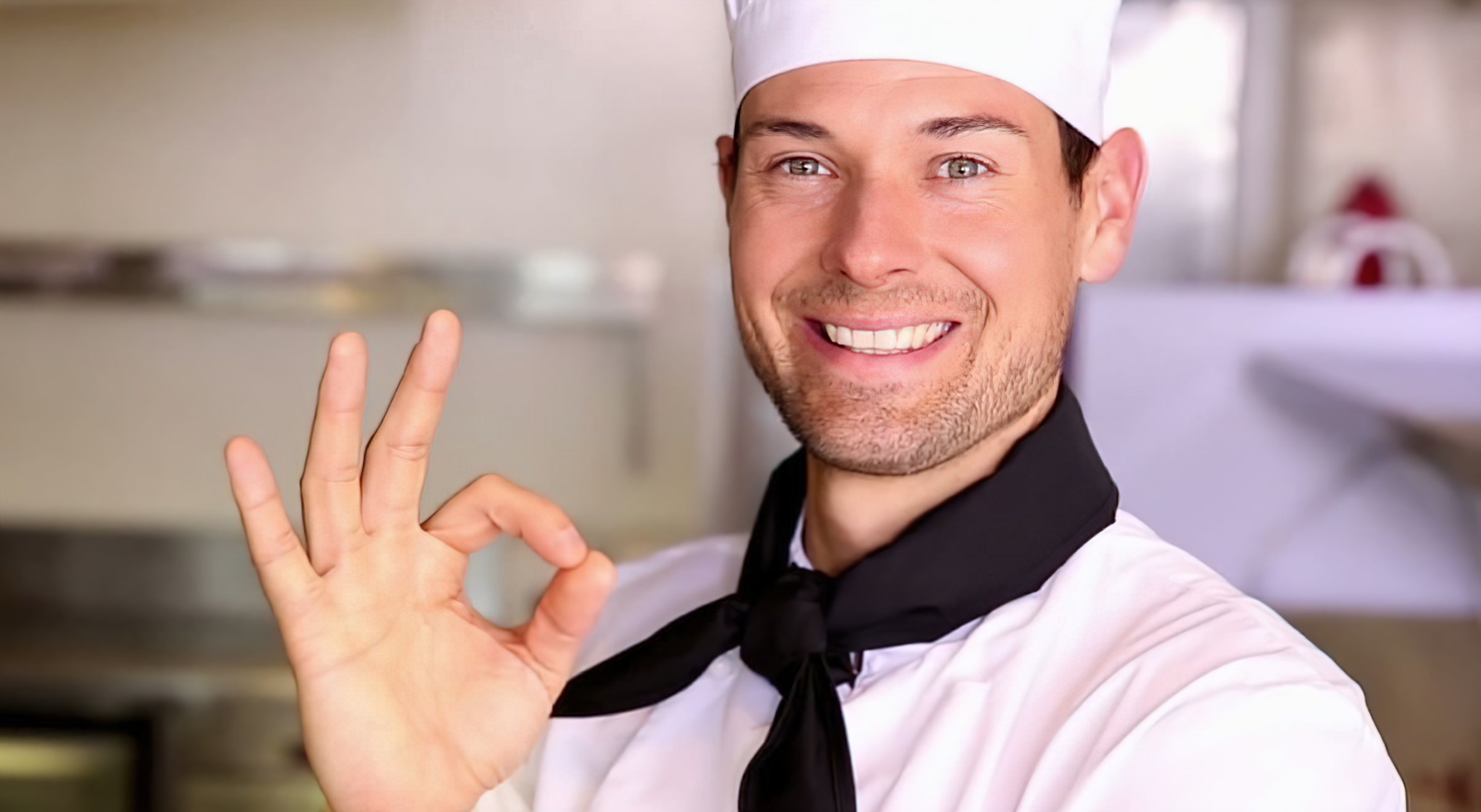
While traditional French cooking techniques are essential, don’t be afraid to explore modern culinary methods. Techniques such as sous vide, spherification, and molecular gastronomy can add an innovative twist to classic French dishes. By combining traditional and modern techniques, you can create unique, memorable dishes that honor the foundations of French cuisine while pushing the boundaries of culinary art.
In conclusion, mastering the art of French cooking requires dedication, practice, and a passion for exploring new flavors and techniques. By focusing on building a strong foundation in the basics, expanding your repertoire, and continually challenging yourself, you’ll be well on your way to becoming a skilled and confident French home chef. Bon appétit!
